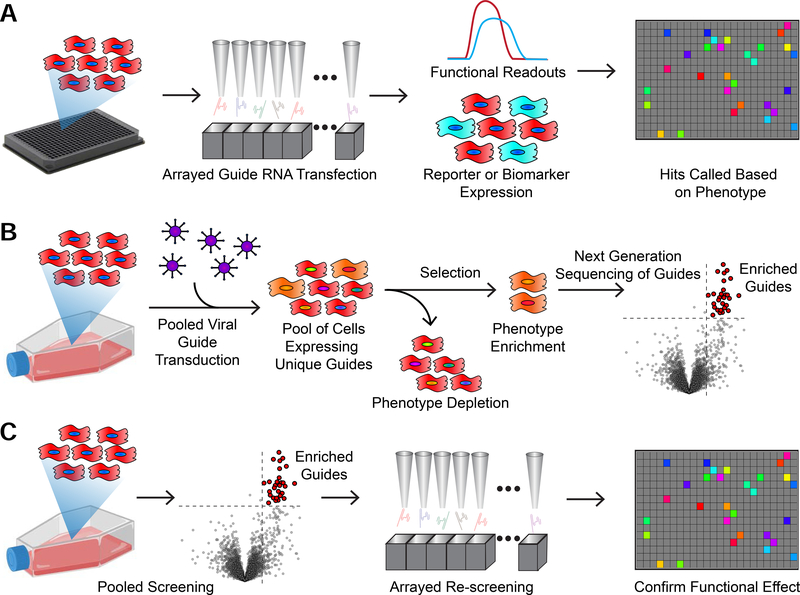Figure 3. In Vitro hiPSC-CM Testing for Predicting Drug Safety and Efficacy in Humans.
A) hiPSC-CMs from healthy donors can be used in a clinical trial in a dish (CTiD) to assess susceptibility to drug-induced toxicity. Cardiac toxicity is the most frequent adverse drug reaction.
B) hiPSC-CMs carrying predisposing genetic risk factors can be used to predict the effect in human carriers. The incidence of such effects might be undetected in clinical trials due to the rarity of the predisposing genetic variants.
C) hiPSC-CM models of the target patient population can be used to predict the therapeutic effects of an investigational molecule. In the case of a genetic model, genome-corrected isogenic hiPSC-CMs are important controls for genetic background and hiPSC interline variation.

